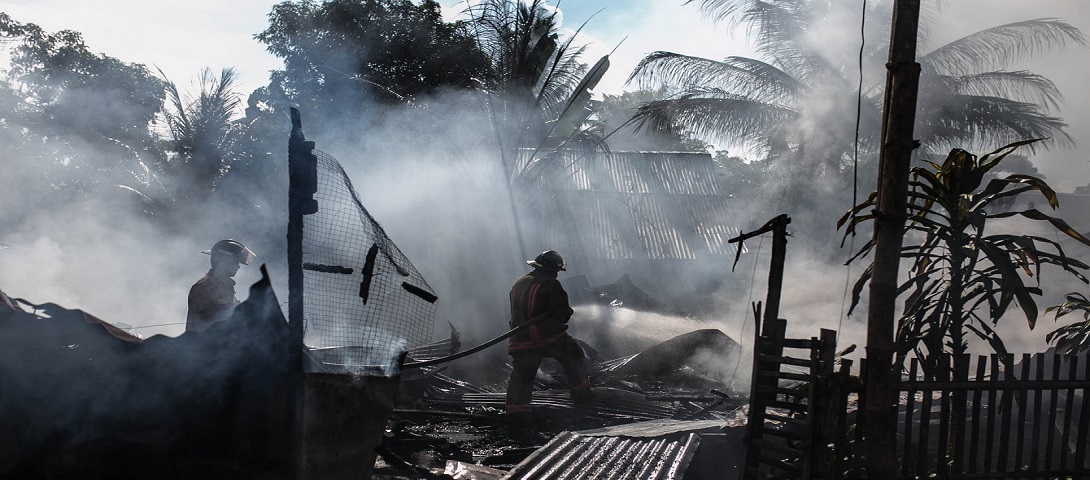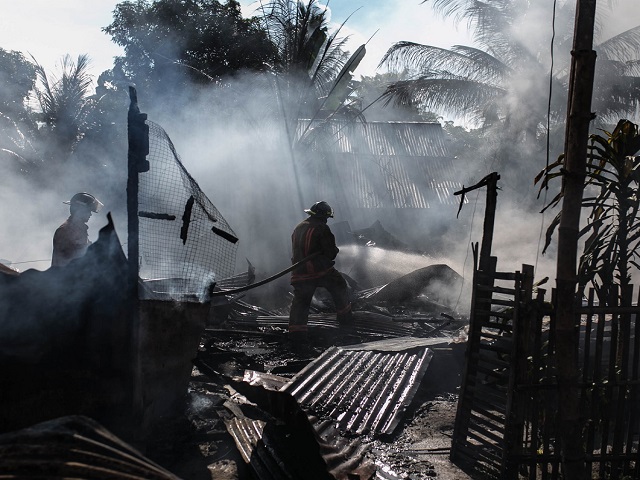
Losses of the insurance industry from natural disasters in 2019 exceeded $71 billion.
Losses of the insurance industry from natural disasters in 2019 exceeded $ 71 billion.
AON's global reinsurance broker published a disaster loss estimate for 2019, bringing the total economic loss to $ 250 billion, of which the insurance industry is thought to have covered $ 71 billion.
Analysts derived this figure from 409 recorded catastrophic events in 2019 and noted that economic losses were 20% lower than the average over the past decade.
Losses in the insurance industry were also lower than the long-term average this year and fell significantly compared to $ 100 billion recorded in 2018 and $ 157 billion in 2017.
AON also noted that last year the gap in insurance coverage was 69%, which is the fifth lowest gap since 2000. Despite record losses below the average, the broker's score is significantly higher than the figures previously published by reinsurers Swiss Re and Munich Re.
Swiss Re said in December that it expects $ 140 billion in global economic losses in 2019, of which $ 56 billion is projected to be covered by insurance and reinsurance.
Meanwhile, Munich Re estimates economic losses at $ 150 billion, and reinsured losses at $ 52 billion. It is noteworthy that the Munich Re estimate was based on 820 natural and man-made disasters - more than double what Aon recorded.
The year 2019 included economic losses of $ 41 billion and $ 12 billion of insured losses, the two most expensive insured events being typhoons Hagibis and Faxai, which resulted in industry losses of approximately $ 9 billion and $ 6 billion, respectively.
The most expensive single threat was the flood, which led to economic losses around the world in the amount of $ 82 billion, and then to the tropical cyclone and losses of $ 68 billion.
After two expensive years after natural disasters in 2017 and 2018, there were several moderately large disasters, but the high capitalization allowed the reinsurance industry to comfortably manage recent losses.
However, since socio-economic models are further combined with scientific factors, such as climate change or extreme weather variability, potential financial costs can only increase, so increasing sustainability is a key factor.
In general, 2010-2019 marked the most expensive decade in history: economic damage reached $ 2.98 trillion, which is approximately $ 1.19 trillion. more than in 2000-2009, and the Asia-Pacific region - 44%.
During this time, private and state insurance companies paid $ 845 billion, with the United States accounting for 55%.
From a climatic point of view, 2019 was the second warmest year in the entire history of observations of land and ocean temperatures since 1851, when record temperatures of 46.0 ° C and 42.6 ° C in Germany were recorded in France. The period from January to May was also the wettest in the history of observations in the United States, with precipitation of 15.71 inches (399 millimeters).






 +38 067 107 47 00 |
+38 067 107 47 00 |
 +38 099 107 47 00 |
+38 099 107 47 00 |
 +38 073 107 47 00
+38 073 107 47 00



